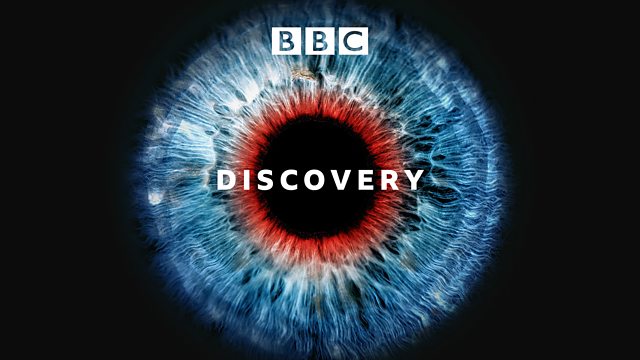
The New Galileos
Andrew Luck-Baker meets the scientists behind the James Webb Space Telescope, the gigantic successor to the Hubble Telescope.
Meet the scientists behind the James Webb Space Telescope, the gigantic successor to the Hubble Telescope. In the first of two programmes on modern day telescope builders and astronomers, Andrew Luck-Baker talks to some of the 2,000 strong team constructing a telescope unlike any that has been sent into space before.
When launched in 2013, JWST will have by far the largest mirror on a space telescope – 6.5 metres across. It also needs to sit behind a giant sunshield so that it can chill to the temperature of deep space. The sun shade covers the area of a tennis court.
One chief goal is to be able to see deeper into the cosmos than even Hubble has allowed. The further astronomers see, the further back through the Universe’s history they voyage. With JWST, NASA scientists hope to see the very first stars to light up after the Big Bang, almost 14 billion years ago. Before these primordial stars, the Universe was just a void of cool, gaseous darkness. JWST should reveal how and when these stars transformed the infant Universe into a place where planets and people were possible.
Last on
Broadcasts
- Wed 6 May 2009 09:32GMT�鶹�� World Service Online
- Wed 6 May 2009 15:32GMT�鶹�� World Service Online
- Wed 6 May 2009 19:32GMT�鶹�� World Service Online
- Thu 7 May 2009 00:32GMT�鶹�� World Service Online
Space
The eclipses, spacecraft and astronauts changing our view of the Universe
The Curious Cases of Rutherford and Fry
Podcast
-
![]()
Discovery
Explorations in the world of science.


